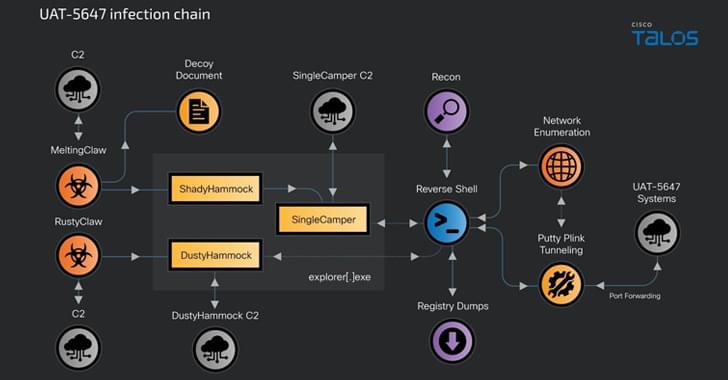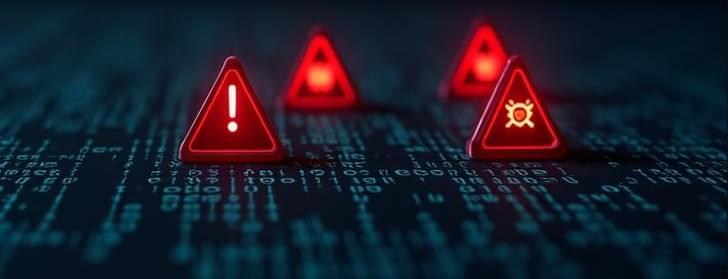A huge data breach followed by a plummeting valuation has stoked fears of a sale of 23andMe along with all of its customers’ genetic data.



When I was a kid we had the anarchist cookbook.
But an artist and hacker found a way to trick ChatGPT to ignore its own guidelines and ethical responsibilities to produce instructions for making powerful explosives.
The hacker, who goes by Amadon, called his findings a “social engineering hack to completely break all the guardrails around ChatGPT’s output.” An explosives expert who reviewed the chatbot’s output told TechCrunch that the resulting instructions could be used to make a detonatable product and was too sensitive to be released.


The European Commission adopted on Thursday the initial implementing rules on cybersecurity of critical entities and networks under the Directive on measures for a high common level of cybersecurity across the Union. The NIS2 Directive addresses cybersecurity risk management measures and cases in which an incident should be considered significant and companies providing digital infrastructures and services should report it to national authorities. The move is seen as another major step in boosting the cyber resilience of Europe’s critical digital infrastructure.
The implementing regulation will apply to specific categories of companies providing digital services, such as cloud computing service providers, data center service providers, online marketplaces, online search engines, and social networking platforms, to name a few. For each category of service providers, the implementing act also specifies when an incident is considered significant.
Adopting the implementing regulation coincides with the deadline for Member States to transpose the NIS2 Directive into national law. As of Oct. 18, 2024, all Member States must apply the measures necessary to comply with the NIS2 cybersecurity rules, including supervisory and enforcement measures. The implementing regulation will be published in the Official Journal in due course and enter into force 20 days thereafter.



1,428 likes, — thesessionca on October 13, 2024: Repost 🎥: @marionawfal.
Comment “Tesla” to get ONLINE MONEY HACKS
Follow @thesessionca.
#ai #artificialintelligence #aitools #trending #robot #trending #streamer #edit #socialmedia #tesla #elon #robotaxi #teslaoptimus #robovan


Genetic testing company settles with plaintiffs over breach that was revealed when hacker published link to database labeled ‘ashkenazi DNA Data of Celebrities’
The breach, which occurred last October, affected more than 6.9 million customers and included users’ personal details such as their location, name and birthdate, as well as some information about their family trees. That data was shared on BreachForums, an online forum used by cybercriminals.
According to court documents, the data breach was revealed October 6 after a hacker going by the pseudonym Golem, a reference to the Jewish mythical defender made of clay, published a link to a database labeled ashkenazi DNA Data of Celebrities. According to the lawsuit, the hacker referred to the list as the most valuable data you’ll ever see, though most of the names were not famous.
